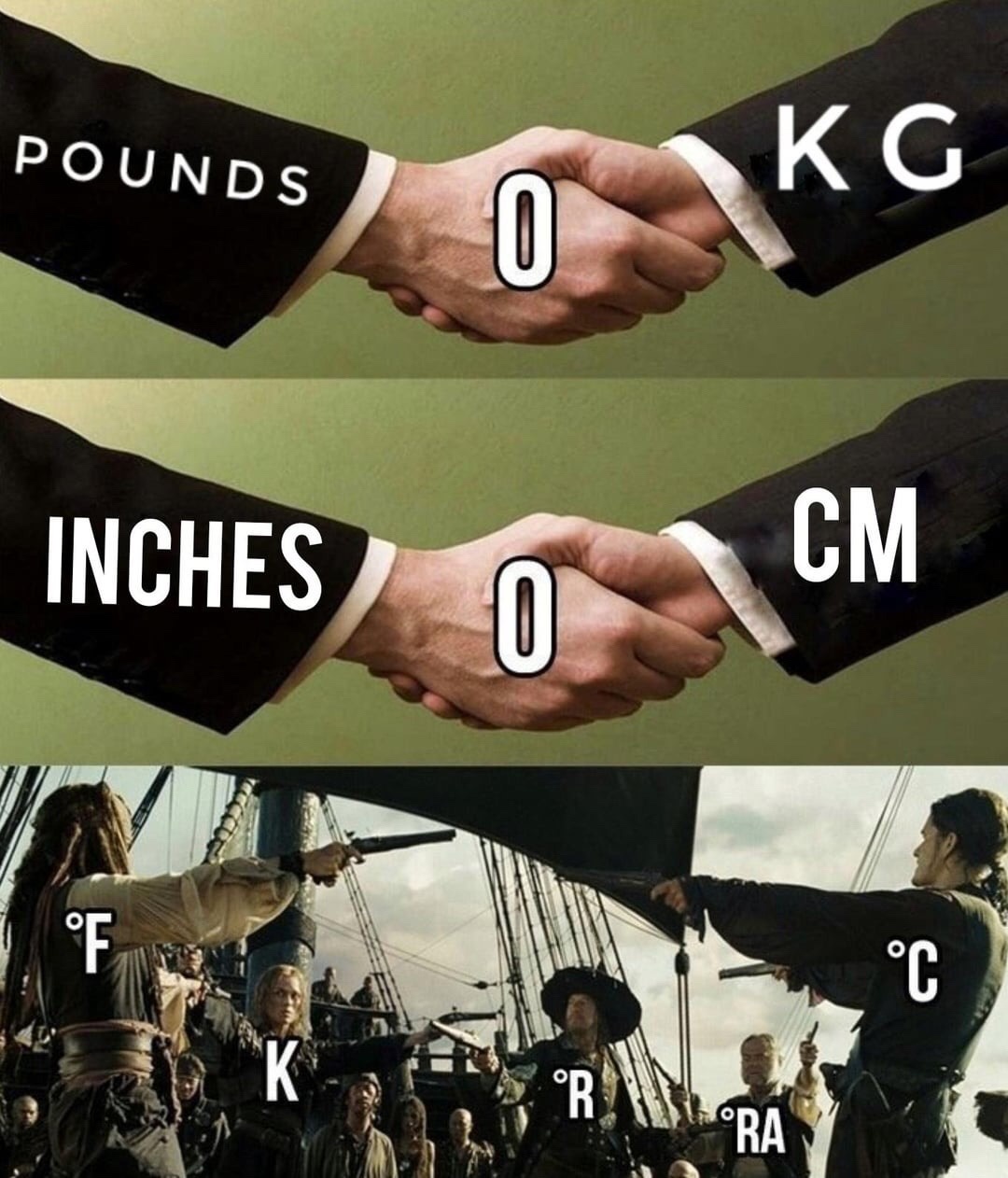this post was submitted on 07 Sep 2024
993 points (98.4% liked)
Science Memes
10348 readers
1839 users here now
Welcome to c/science_memes @ Mander.xyz!
A place for majestic STEMLORD peacocking, as well as memes about the realities of working in a lab.

Rules
- Don't throw mud. Behave like an intellectual and remember the human.
- Keep it rooted (on topic).
- No spam.
- Infographics welcome, get schooled.
Research Committee
Other Mander Communities
Science and Research
Biology and Life Sciences
- !abiogenesis@mander.xyz
- !animal-behavior@mander.xyz
- !anthropology@mander.xyz
- !arachnology@mander.xyz
- !balconygardening@slrpnk.net
- !biodiversity@mander.xyz
- !biology@mander.xyz
- !biophysics@mander.xyz
- !botany@mander.xyz
- !ecology@mander.xyz
- !entomology@mander.xyz
- !fermentation@mander.xyz
- !herpetology@mander.xyz
- !houseplants@mander.xyz
- !medicine@mander.xyz
- !microscopy@mander.xyz
- !mycology@mander.xyz
- !nudibranchs@mander.xyz
- !nutrition@mander.xyz
- !palaeoecology@mander.xyz
- !palaeontology@mander.xyz
- !photosynthesis@mander.xyz
- !plantid@mander.xyz
- !plants@mander.xyz
- !reptiles and amphibians@mander.xyz
Physical Sciences
- !astronomy@mander.xyz
- !chemistry@mander.xyz
- !earthscience@mander.xyz
- !geography@mander.xyz
- !geospatial@mander.xyz
- !nuclear@mander.xyz
- !physics@mander.xyz
- !quantum-computing@mander.xyz
- !spectroscopy@mander.xyz
Humanities and Social Sciences
Practical and Applied Sciences
- !exercise-and sports-science@mander.xyz
- !gardening@mander.xyz
- !self sufficiency@mander.xyz
- !soilscience@slrpnk.net
- !terrariums@mander.xyz
- !timelapse@mander.xyz
Memes
Miscellaneous
founded 2 years ago
MODERATORS
you are viewing a single comment's thread
view the rest of the comments
view the rest of the comments

I went down a huge rabbit hole cause of this. I personally like °F over °C but agree it's arbitrary. So I tried to make a scale that started at the coldest air temp on earth (some day in Antarctica) and went to the hottest day on earth (some day in death valley) and put the coldest day at 0°A and the hottest at 100°A.
Sadly this made a scale that was less precise than I'd like. I like that I can feel the difference between 73°F and 74°F and don't want to have to use decimals.
So maybe the end points could be only places where people actually live. Well it looks like some people live in Russia around -70°C and some people live in northern Africa around 50°C so if you just take °C and add 60 you can get a -10 to 110 scale where most temps would fall between 0 and 100. Still has the unit difference of °C (which I don't like) but I like that most temps are between 0 and 100. I also don't really like negative temperature since it seems wonky.
To "fix" the unit scale you could just multiply everything by 2 so the difference between each full degree is half as much. So temps would be between -20 and 220. °A = 2(°C + 60) °A = 2(°C) + 120
And it turns out I (basically) created the Fahrenheit scale but moved. °F= 1.8(°C) + 32
TL;DR: I'm stupid and this was fun but also a waste of time lol
Celsius is tied to points of ice melting and water vaporising. Since water is very important for the life on our planet, it makes even more sense than arbitrary chosen meters or seconds.
At sea level. Welcome to La Paz, where the triple point is made up and the freezing point doesn't matter!
And similarly, Fahrenheit seems to be tied to the internal temperature of the human body, with 100 degrees being the maximum that the average person can handle before their organs start to be damaged.
Yes, Fahrenheit is about humans, and Celsius is about the element that makes life possible. The latter is more generic.
But not everybody experiences temperature the same, so using a system based on what 'humans' like, seems a bit useless
It's not about what humans "like," it's about the human bodies' internal operating temperature and using that as a reference point, the same way that Celsius is about the states of matter of water . Fahrenheit is useful in medicine for that reason, while Celsius is useful anytime a comparison to water is helpful, and beyond that, it's really just whatever you grew up with. Using a system based on what water "likes" is equally as useless unless you grew up using it as your reference point for temperature in your daily life. Neither 75 Fahrenheit or 23.8889 Celsius tell me whether or not I'm going to need a jacket today unless I've already experienced said temperature and use that scale in my daily life.
Maximum is 100 °F and minimum is 95 °F. Those seem pretty arbitrary to me